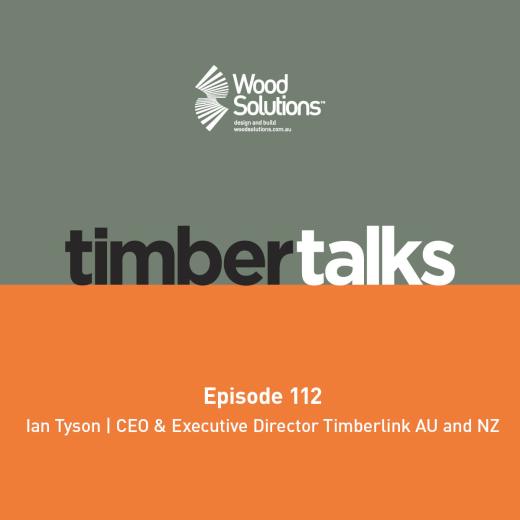Fire Hazard Test Reports
It is unfortunate that Regulatory Information Report 41117.10 includes an extract from BCA 2019. This extract was included to help specifiers, but with the issue of BCA 2022 gives the impression that RIR 41117.10 is out of date, although it does not expire until 31/3/2024. We suggest you disregard the BCA 2019 clauses included in RIR 41117.10 and refer your certifier to the fire hazard data. Clause S7C4 on page 154 of BCA 2022 requires fire hazard data to be assessed as follows:



